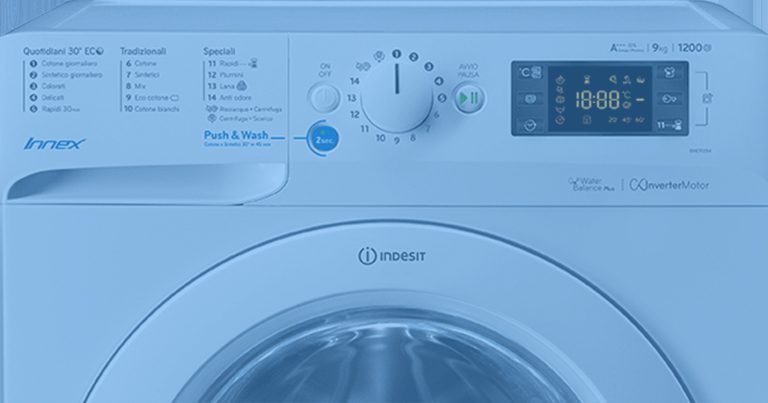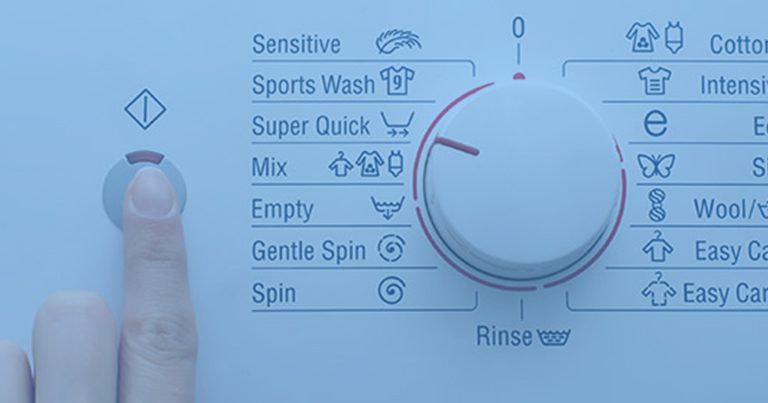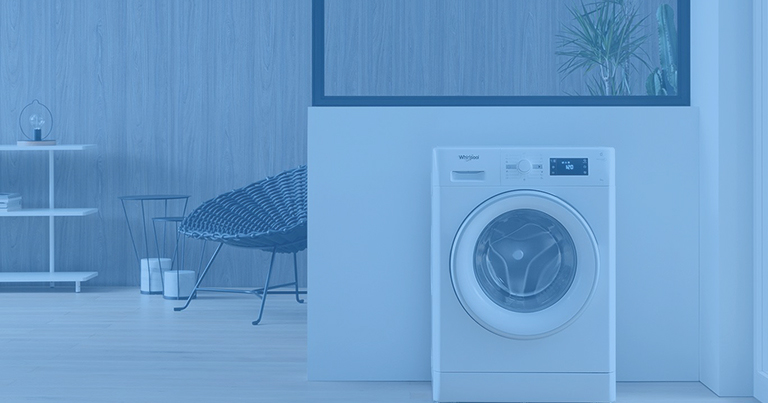The truth is that most of us don’t put too much thought into how we use our washing machine.
Modern washing machines have made it dead simple to do your laundry. You really don’t need to know anything to operate it.
Sure, it has plenty of settings, but it seems like all of them work -- more or less.
While this cowboy approach to laundry might do it for some, it’s definitely not the optimal way to get things done.
Armed with just a basic knowledge of what the buttons and dials on your washing machine actually do, you can get some impressive results.
You can get your clothes cleaner while subjecting them to less wear and tear. You can save money by cutting back on water and electricity usage. And you can even help prevent your clothes from getting ruined in the wash.
Understanding Washing Machine Cycles

One of the most crucial choices available on your washing machine’s control panel is the type of cycle.
The type of cycle you choose has a huge impact on how your clothes are washed. Different cycles have different routines and intensities which they use to get your clothes clean.
For example, the “Delicate” cycle uses little spinning and lots of soaking to prevent damage to delicate items. A setting like “Heavy Duty,” on the other hand, will send the machine into a high intensity agitation and spin to get durable items like denim or towels as clean as possible.
Selecting the right cycle is quite simple once you know what they do. It’s an easy step you can take that will help get your laundry cleaner while maximizing the efficiency of every load you wash.
Let’s take a look at the most common cycles and what they do.
Delicates Cycle
The delicate cycle is the most gentle washing cycle. It’s designed to prevent damage to laundry items which can be easily ripped or torn, such as lingerie, silk, and lace.
To do this, the delicates cycle soaks the clothes in water while using minimal agitation and spin.
While this gentle soak is great for delicate items which aren’t too dirty, it doesn’t cut the mustard when it comes to getting a real clean. If you put a load of jeans on the delicates cycle, you’ll be wasting a load!
Normal Or Regular Cycle
In some washing machines, the normal or regular cycle is often the one with the most intense agitation and spin for rinsing.
This cycle is good for cotton and blended fabrics. It can be harsh on clothes as it involves some serious action during the wash and rinse part of the cycle.
Rapid Or Speed Wash Cycle
If you need some clothes cleaned in a jiffy, the speed wash cycle might be able to help you out.
This setting just cuts down on the time in the wash cycle and employs a very intense spin cycle to help minimize drying time.
It’s not suited for large loads or items that are particularly soiled or dirty. But if you find yourself without a clean shirt before that important date, it could be your savior.

Bulky Or Heavy Cycle
Dealing with some serious volume such as comforters and blankets? Or have a load full of beach towels and blue jeans?
The bulky or heavy cycles are designed to tackle these big loads. These cycles usually feature a long wash cycle with a deep soak combined with some intensive agitation and a capped off with a high speed spin cycle to eliminate as much moisture as possible.
Water Temperature
Your cycle selection controls many things, but it doesn’t dictate the water temperature you use in your wash.
To get the best results, you need to combine the different washing machine cycles with the right water temperature.
Once again, this is quite simple once you know some basics. Here are the ground rules:
- Cold Water: If in doubt, go for cold. The best choice for dark colors or delicate fabrics, as well as the most energy efficient choice.
- Warm Water: Suited for loads of permanent press or synthetic fabrics. Useful for removing stains.
- Hot Water: Best reserved for white cotton items. Ideal for stain removal.
Different Washing Machine Cycles FAQ
1. What kind of clothes should not be put in a washing machine?
Locate the laundry symbols on the tag of your clothing item. Do not put any item which indicates Hand Wash or Dry Clean Only into the washing machine. Look for the laundry symbols which indicate that it is washing machine safe, along with symbols indicating the manufacturer’s recommendation for washing cycle and water temperature.
2. What temperature kills bacteria in a washing machine?
Eliminating all bacteria would require water at boiling point. While some bacteria can be eliminated at lower temperatures starting around 160 degrees Fahrenheit, few washing machines sold in the United States operate at these temperatures.
3. Why do clothes say wash separately?
Clothes labeled “Wash Separately” are often too delicate to be washed with other items, or include a dye which is not color-fast and will bleed its color onto any other items in the wash.
